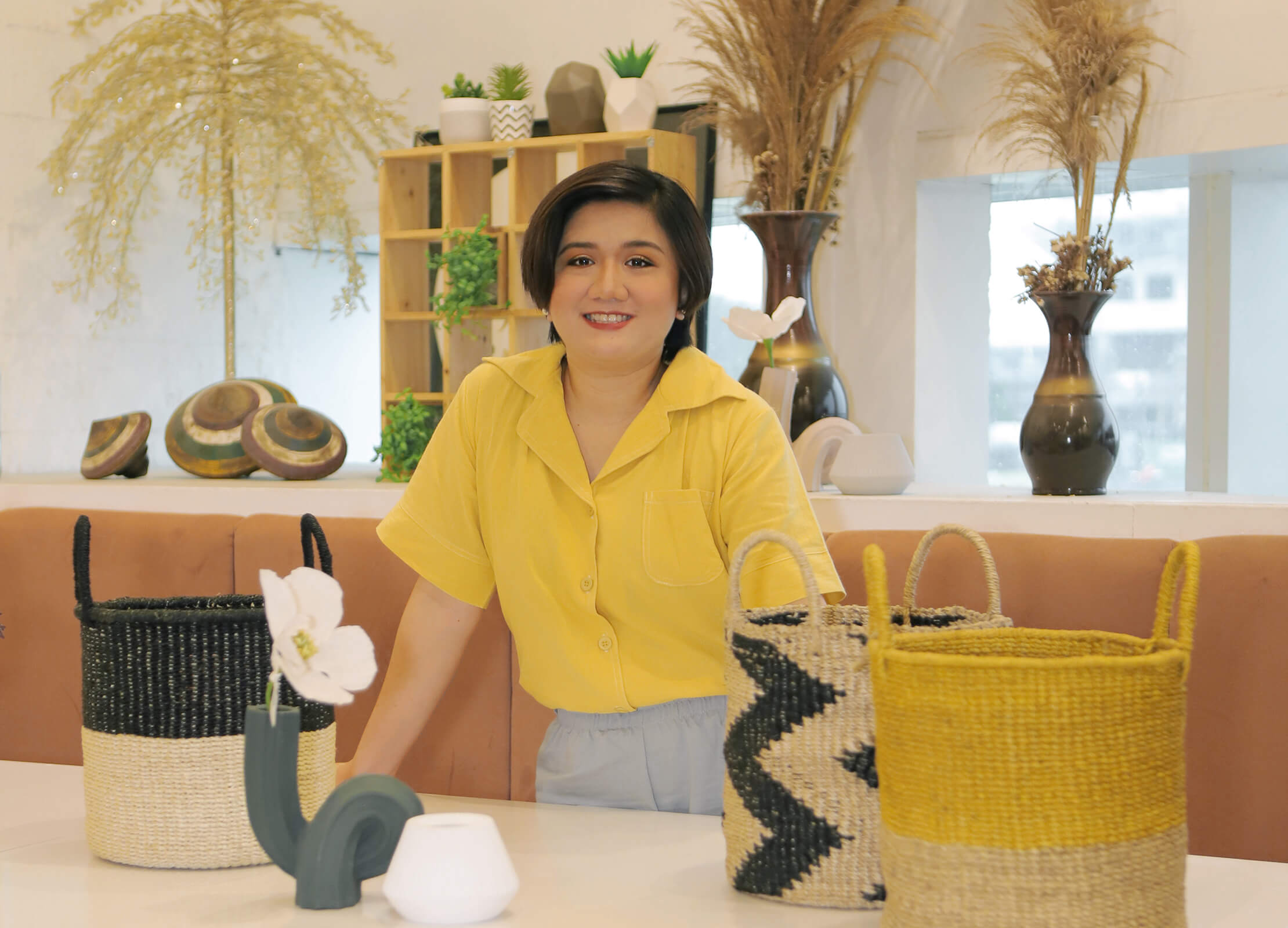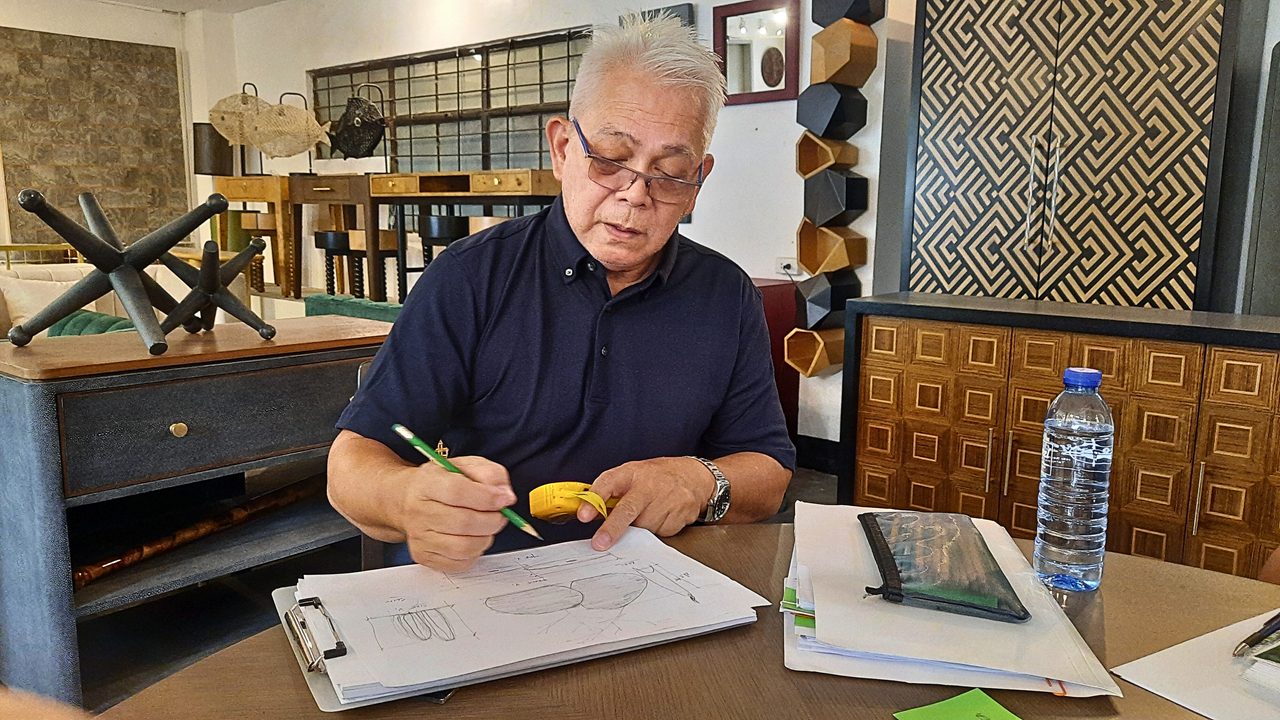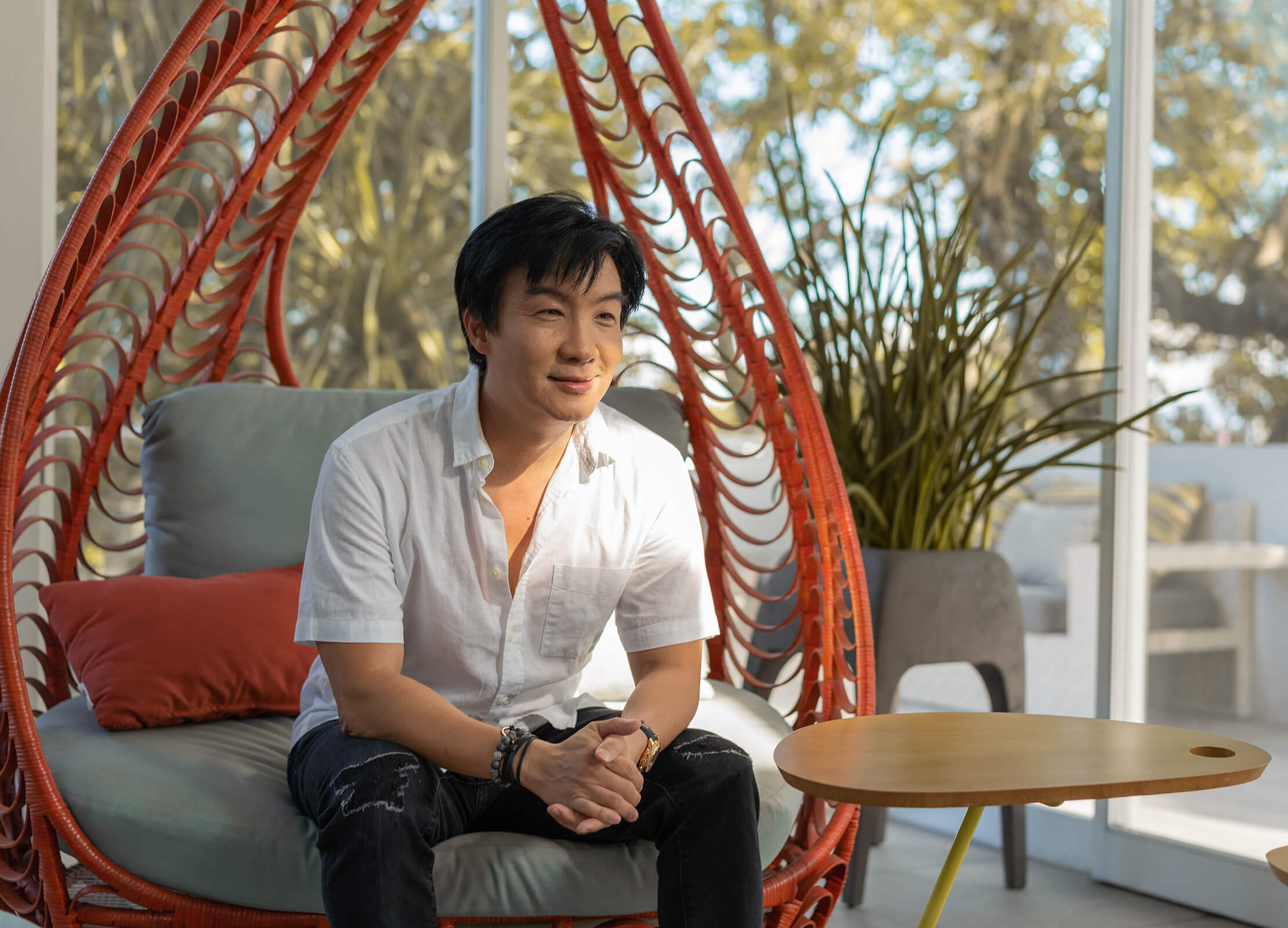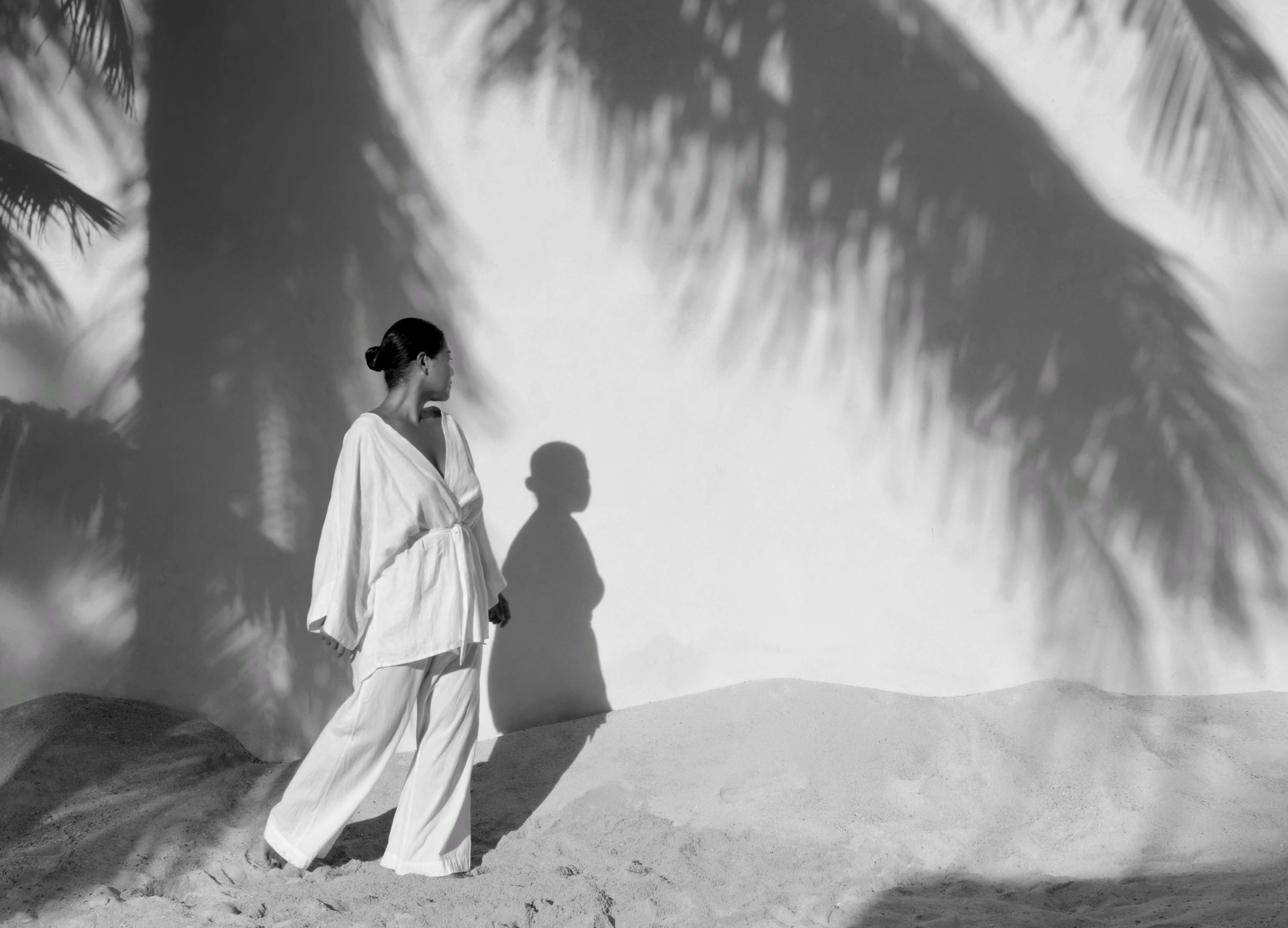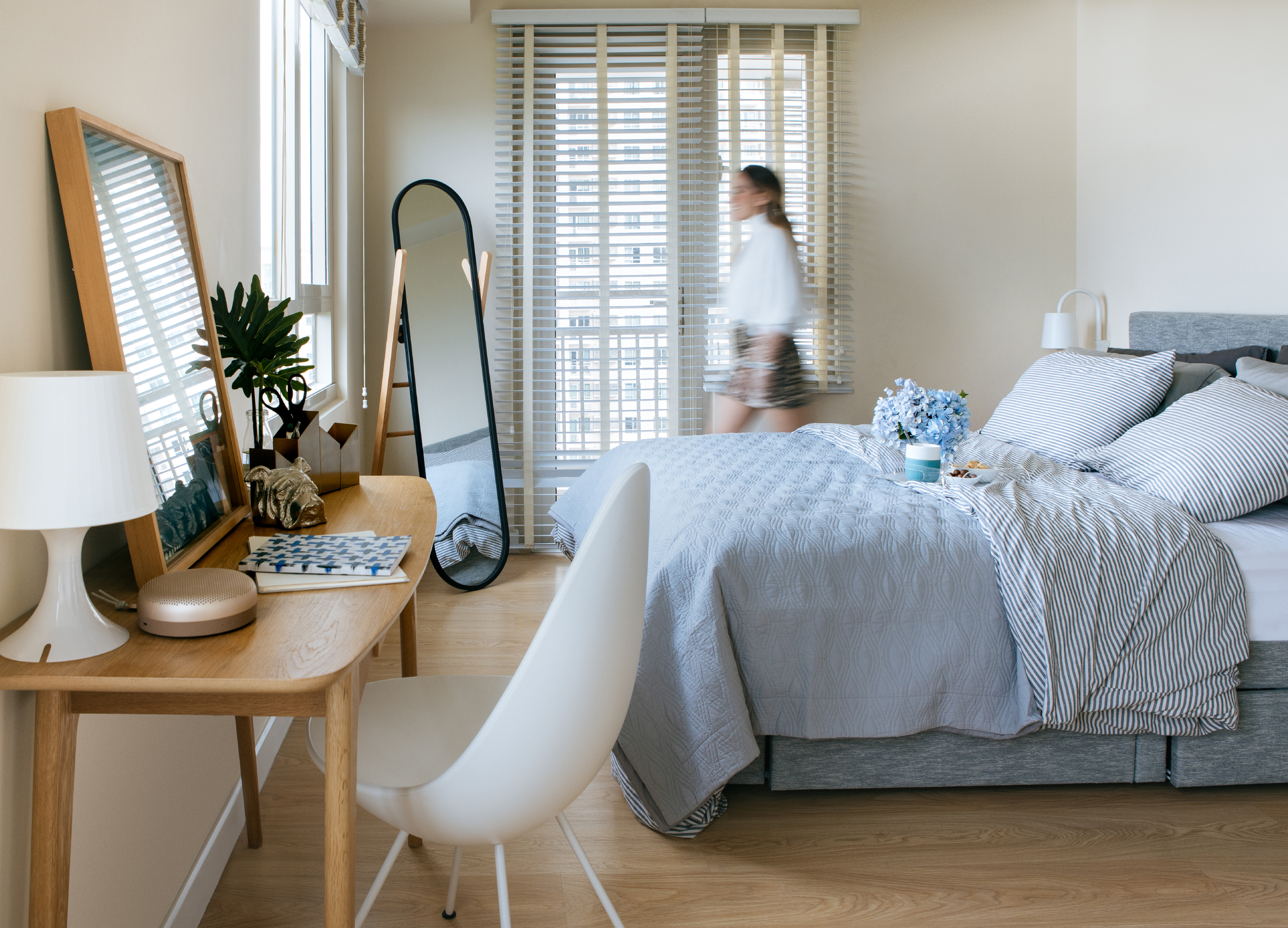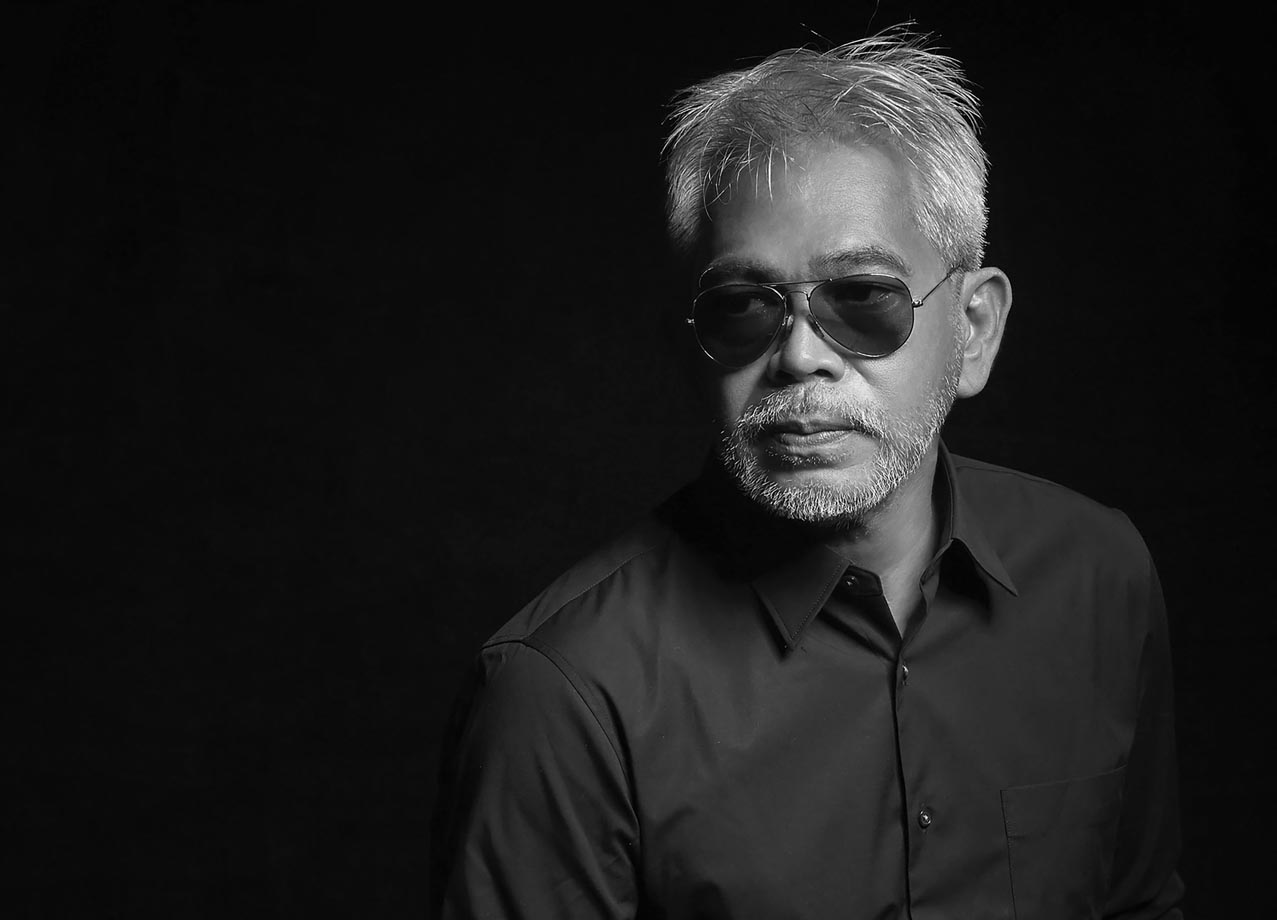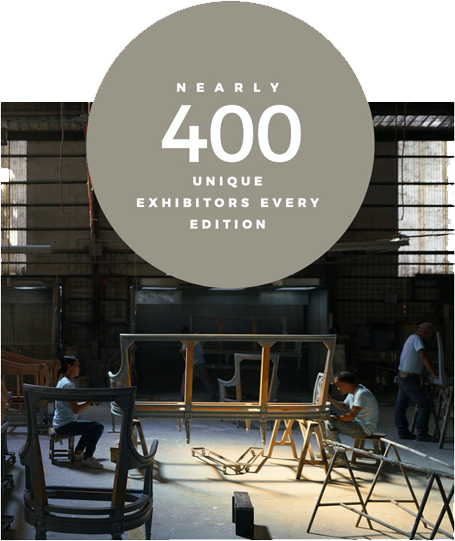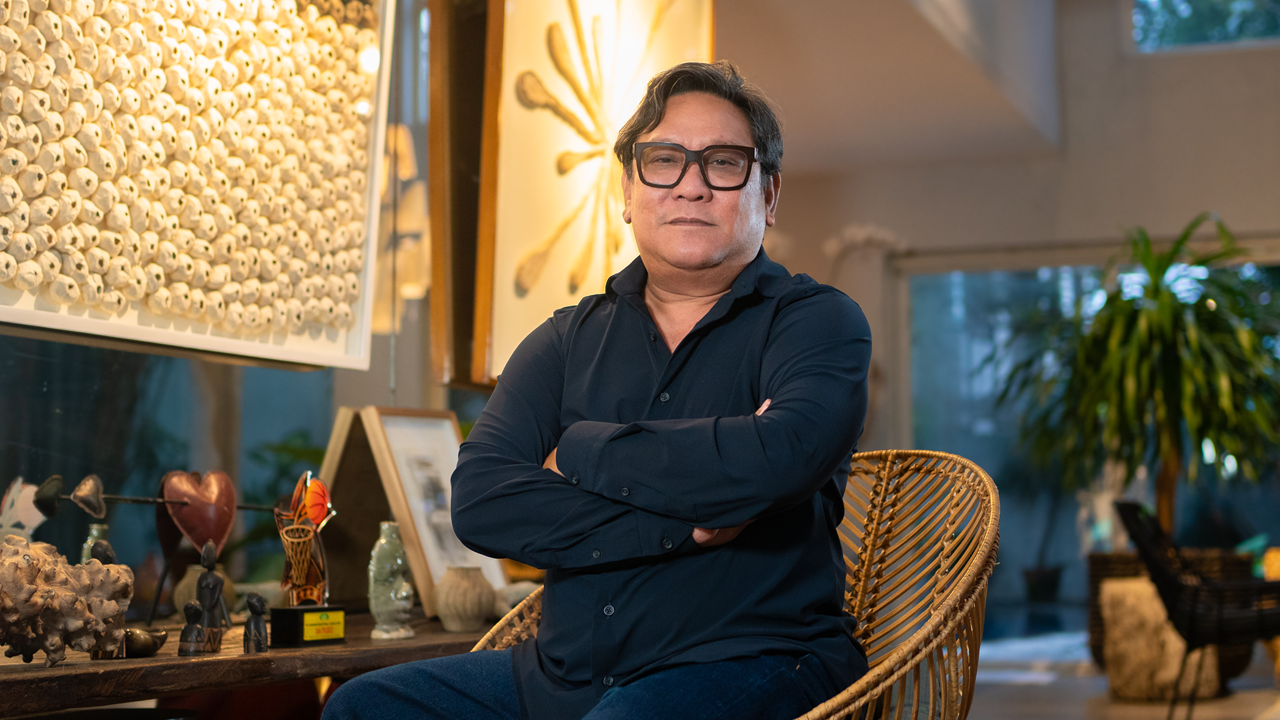
Trendspotting and safeguarding the future of Philippine design with Tony Gonzales
by September Grace Mahino
It has been 8 years since Design Commune made its debut at Manila FAME, but designer Tony Gonzales, the architect behind this now-signature setting at the premiere trade show, remains dedicated to fostering a community of creatives who can help local manufacturers navigate the changing export landscape.
“Basically, the idea [behind Design Commune] was to find and train new designers,” he explains to the Manila FAME team during a visit to his home in Parañaque. “It’s [intended to be] like a mentorship program, although for me, it doesn’t work that way. It’s more of collaborative work, of my giving them inspiration, but also seeing what these young minds’ takes are on design. In a way, [working with them] also helps me update my ideas, and that is why I say [the learning] works both ways.”
A more artistic approach to product design
For Design Commune’s 2025 edition, Gonzales tapped three young creatives to collaborate with in helping select Manila FAME exhibitors create home and holiday decor items that embody the theme “Elements of Nature.” The theme is in line with the premiere trade show’s overall motif, “Objects of Nature,” which celebrates everything that makes Filipino artistry sought after all over the world. Together with interior and object designer Uzel Alconera, furniture brand Zarate Manila’s founder and creative director Jim Zarate Torres, and product designer and creative strategist Jaime Brias, he developed product designs that pushed manufacturers from Bulacan and Pampanga to make the most of their materials, craftsmanship, and production processes to create items that would sell.
“We broke down the collection into three portions [based on the elements] of earth, air, and water,” Gonzales describes. But even with a defined concept in mind, the design veteran was still surprised to meet exhibitors who were willing to push what home and holiday decor should look like.
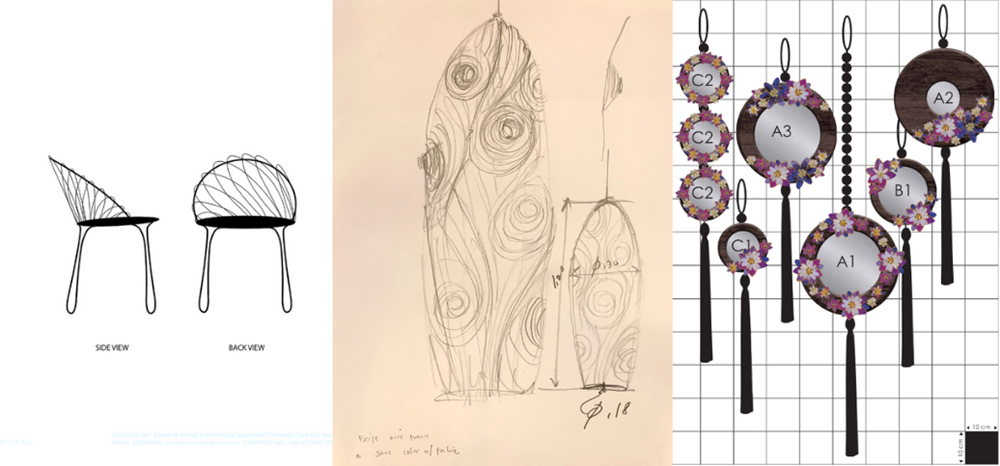
Design Commune’s “Elements of Nature” has been liberally inspired by the forms, colors, and textures found in the natural physical world, as demonstrated in the sketches and prototypes for some of the home and holiday decor that would be on exhibit at Manila FAME 2025. (Left to right) A. Garcia's chair prototype, a TADECO Home sketch, and various models for Kathryn Fanlo floral wall mirrors.
Describing the process as something akin to “an arts and crafts movement,” he recalls how he and the other designers would laugh at themselves after talking to manufacturers. “We were taken aback because [the product designs that would be] coming out are more for a gallery setting than for a consumer product.”
He sees it as a positive development and a possible indication of what’s to come in the industry, though. “The home and holiday decor market has always been a little more conservative in taste, but people are beginning to appreciate a more intellectual approach now, I think. They also want products that ‘talk’ to them a little bit, the way artworks do.”
With a more experimental approach in putting together “Elements of Nature,” Gonzales envisions a bigger trend of creating more value for the products: By elevating home items to something akin to works of art, their perceived worth in the market becomes a little higher. “Take note that that’s what most of the companies had asked us,” he emphasizes. “It didn’t come from us but from them: ‘Where do you want us to be?’” It excited him to hear the manufacturers’ point of view as makers and sellers, and then integrate their opinions into the design team’s ideas. “That’s the way it should be, really, and I was challenged to bring in and show that to young designers.”
The 20 manufacturers that they worked with have their respective expertise and signature materials: metal, stones, wood, paper, shells, and barnacles. “Most of these companies’ strength is taking the material to another level and creating another form. This, I think, is what the Philippines is famous for: material manipulation. I’m excited to show the end products of this collaboration at Manila FAME.”
Mentoring the next generation of designers
It was important for Gonzales that his Design Commune mentees understand that the product designs they develop must sell well in the market. As an industry veteran, he has seen how changes in the business landscape have affected the way designers approach their craft.
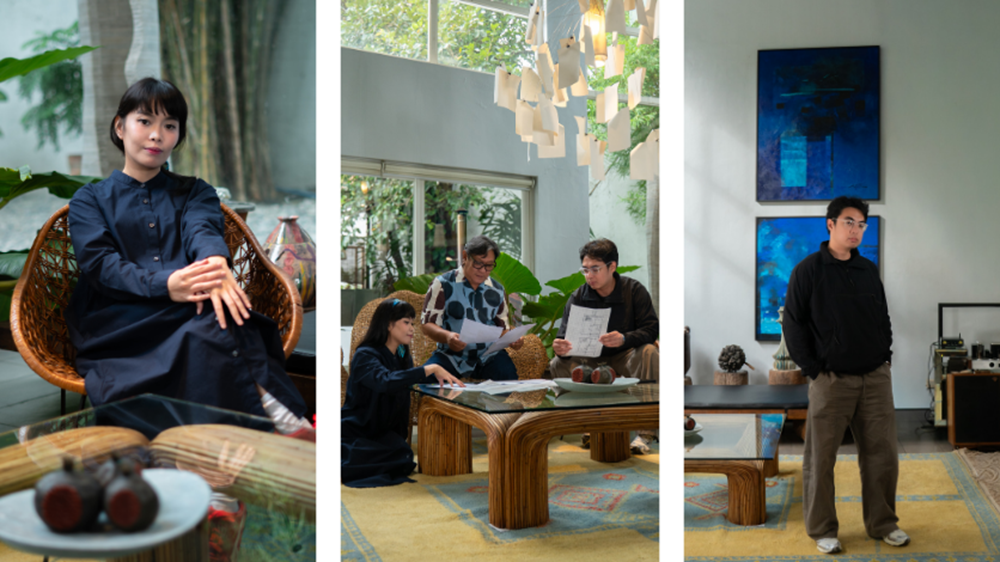
Gonzales collaborated with three young creatives in developing product designs for manufacturers for the”Elements of Nature” exhibit: interior and object designer Uzel Alconera, Zarate Manila founder Jim Torres, and the London-based product designer and creative strategist Jaime Brias (not pictured). Photos by Camille Dellosa.
“I don’t really like to teach. The best way to transfer [knowledge] is, I would say, inspiring others,” he says. “I showed these young creatives my designs and my design process, how I always look for inspiration within the company I’m working with by going around the factory.” Gonzales stresses that as product designers, the team must remain mindful that they aren’t designing for themselves but for clients. “Product design is a collaboration with the company owner and the marketing team. Young designers need to learn not to simply come in and say, ‘This is my design,’ because there will always be clients who’ll tell you, ‘Sorry, I will not make that product because it will not sell.’”
He doesn’t blame the young ones, however, for the way they currently approach product design. “During my time, there was a big playing field because the manufacturing industry was developing rapidly. Companies were asking us to design for them.” Now, there are only a few businesses that tap talents for product development, thus limiting their opportunities to be exposed to the consumer-end aspect of their work.
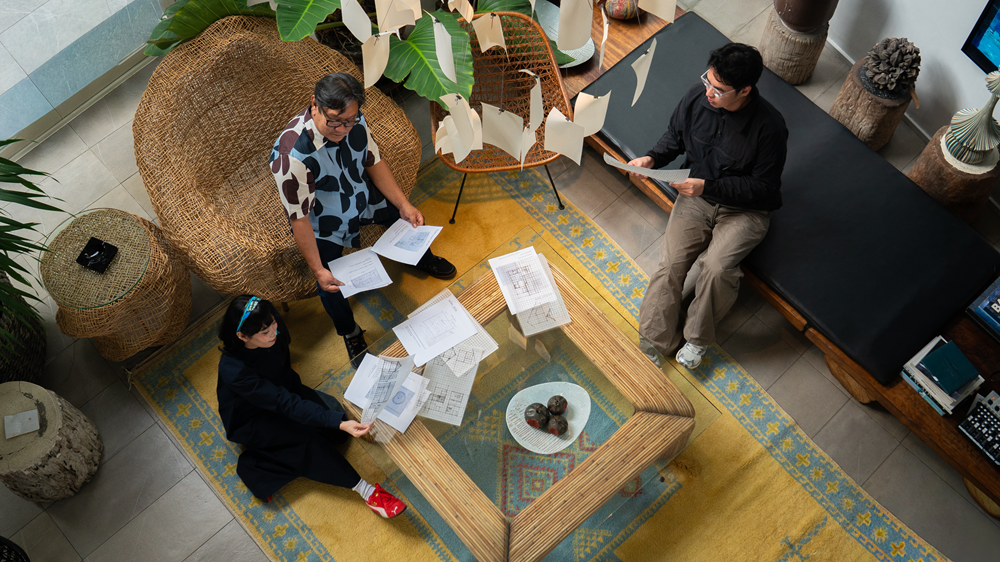
Gonzales sees Design Commune as an opportunity for established names like him to nurture the next generation of Filipino designers. Photo by Camille Dellosa.
That is why Gonzales is proud that Design Commune has been an avenue for them to become better-rounded creatives with a sensibility for product sellability. “Hopefully, CITEM will continue the dream [of nourishing new talent].” He admits that, as someone who prefers to work alone, the collaborative nature of Design Commune can be very challenging. “But I’ve accepted that I had to do it because people can already see that the Philippines is not growing as far as design is concerned.
“Why? Because we’re always talking to the same people,” he continues. “The press has always talked to [and about] the same few designers for the last 20 years. We’re a creative country full of creative people, but if we don’t push new talents to grow, then we fail collectively.” Gonzales thus sees Design Commune as more than just an exhibit but as an initiative to sustain and grow Philippine design. “This was my brainchild, but it isn’t supposed to be about only a couple of designers; it should grow with the times. That’s why it’s called a commune. The more designers there are joining, the better for the whole industry.”
***
Catch Tony Gonzales, Uzel Alconera, Jim Torres, Jaime Brias, and the creations from the participating exhibitors at Design Commune’s “Elements of Nature” at Manila FAME 2025. The sourcing show is happening at the World Trade Center Metro Manila on October 16-18, 2025.
Manila FAME is organized by the Center for International Trade Exhibitions and Missions (CITEM), the export promotion arm of the Department of Trade and Industry (DTI). Go to https://fameplus.com/registration to register.


